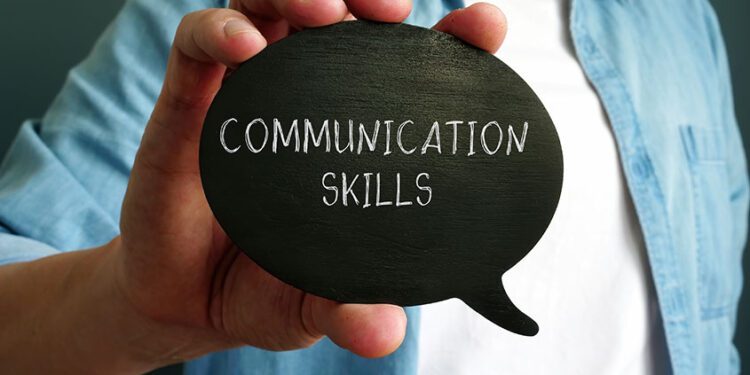During a family vacation one summer, my grandchildren decided they wanted to organize a parade for the adults. We found it entertaining, so we assisted them in collecting balloons, hats, and noisemakers while the kids argued over who would be the parade leader.
Eventually, it was concluded that Little John, who was probably around 4 years old, would chart the course for the parade. The kids brainstormed hand signals: if Little John raised his hand, they were to halt; if he lowered it, they would proceed.
However, before the parade even finished its first lap around the swimming pool, Little John lost interest in actually leading the group. Instead, he relished in the authority of starting and stopping. I chuckled at my hesitant little marchers, but then it dawned on me: Little John mirrored many leaders—failing to guide anyone while reveling in the control of directing the other children!
The other kids, much like your followers and mine, anticipated moving somewhere—even if it was just around the pool—and soon enough, they disregarded Little John’s guidance entirely. At one point, I had also acted like my namesake, seeking to satisfy my own ambitions, narrating my own path without considering what others needed or desired.
I share this account because I wish to discuss the importance of effective communication. For genuine leaders, it transcends merely lecturing or exerting authority over an organization. It’s a skill honed over time and arguably the most essential one a leader can possess.
1. Cherish individuals and express that sentiment.
I, me, my… these terms can easily dominate our thoughts and words. This was my greatest misjudgment as a novice leader: I assumed that to lead was to convey my aspirations.
Did my team embrace that vision? Did they have suggestions that could enhance the aims and actions? I was oblivious. I never inquired.
My friend Zig Ziglar set me straight by saying, “If you will assist people in obtaining what they desire, they will aid you in achieving your goals.”
When you consult someone, it shows that you hold them in esteem. You validate their intelligence, value, and contributions to the organization. Consequently, the follower transitions into a leader in their own right.
Leadership is about influence, and the capacity to connect with others is the core of how we exert influence.
2. Cultivate the art of listening.
Avoid becoming enamored with your own voice. Leaders often brim with thoughts, but to spark truly inventive ideas, you must merge your wisdom with the insights of those around you.
A powerful idea is usually a combination of several solid concepts. How do you gather those ideas? By actively listening.
Listening yields additional benefits. It fosters respect, fortifies relationships, and nurtures loyalty. Moreover, it enables you to understand your team members better. This knowledge is crucial, as effective leaders adapt their approach based on each member’s unique context, character, and aspirations. Managers, by contrast, tend to apply a uniform strategy. Strive to embody a leader.
3. Embody and hold true to your communication.
There will be instances when taking charge of the conversation is necessary, and justly so. However, when you speak, it is imperative to be credible.
In my early journey, I assumed I needed to be well-versed in all subjects to be seen as a credible leader. I projected myself as an “answer man,” reluctant to admit when I didn’t fully comprehend a topic. Over time, I realized this mindset was flawed. My credibility often diminished when I tried to feign expertise.
Thus, I learned to rely on the knowledge of others. I further evolved my concept of credibility by committing to teach only what I genuinely believe. As I distilled my teachings down to fundamental principles, both my passion and conviction deepened.
A quick route to alienating followers is to espouse one doctrine while acting contrary—you’d be surprised how swiftly they will turn away. No amount of persuasive speech can obscure such a disparity.
4. Hone your communication abilities.
“You can possess brilliant ideas, yet if you fail to communicate them effectively, they won’t lead you anywhere,” remarked the legendary Chrysler CEO Lee Iacocca.
You could delve into numerous resources on effective communication, but I distill it into mastering three “C’s.”
Clarity: Witnessing leaders attempt to impress with elaborate vocabulary or convoluted sentences truly makes me cringe. To connect effectively with others, simplicity is essential. Specificity is also crucial; if you present overly broad language and ambiguous goals, nobody will understand the direction.
Continuity: I really struggled with this concept during my youth. I believed that once I articulated my vision, I could move on. It took extensive experience for me to grasp that I needed to consistently restate the organization’s mission. I realized that sometimes it requires repeating a message multiple times for people to internalize it. Consequently, due to the significance of continuity, you also need…
Creativity: It’s vital to devise fresh approaches to articulate ongoing objectives to prevent your audience from zoning out. Experiment with new metaphors; engage various sensory experiences. Different individuals learn in varied ways—some are auditory learners, others are visual, and some need hands-on interactions to comprehend concepts.
Allow me to conclude with a story:
Not too long ago, I attended a board meeting where a particular issue ignited significant discussion. One member had a valuable point worth exploring, but he stumbled through his explanation, taking far too long and ultimately losing his audience’s focus.
Conversely, another board member communicated with clarity and assertiveness. Although his argument wasn’t as solid, he connected with his peers, who embraced his viewpoint.
If you can’t convey your thoughts effectively, it matters little what your vision, message, or direction is. You need to engage me if you wish for me to accompany you on your journey.


